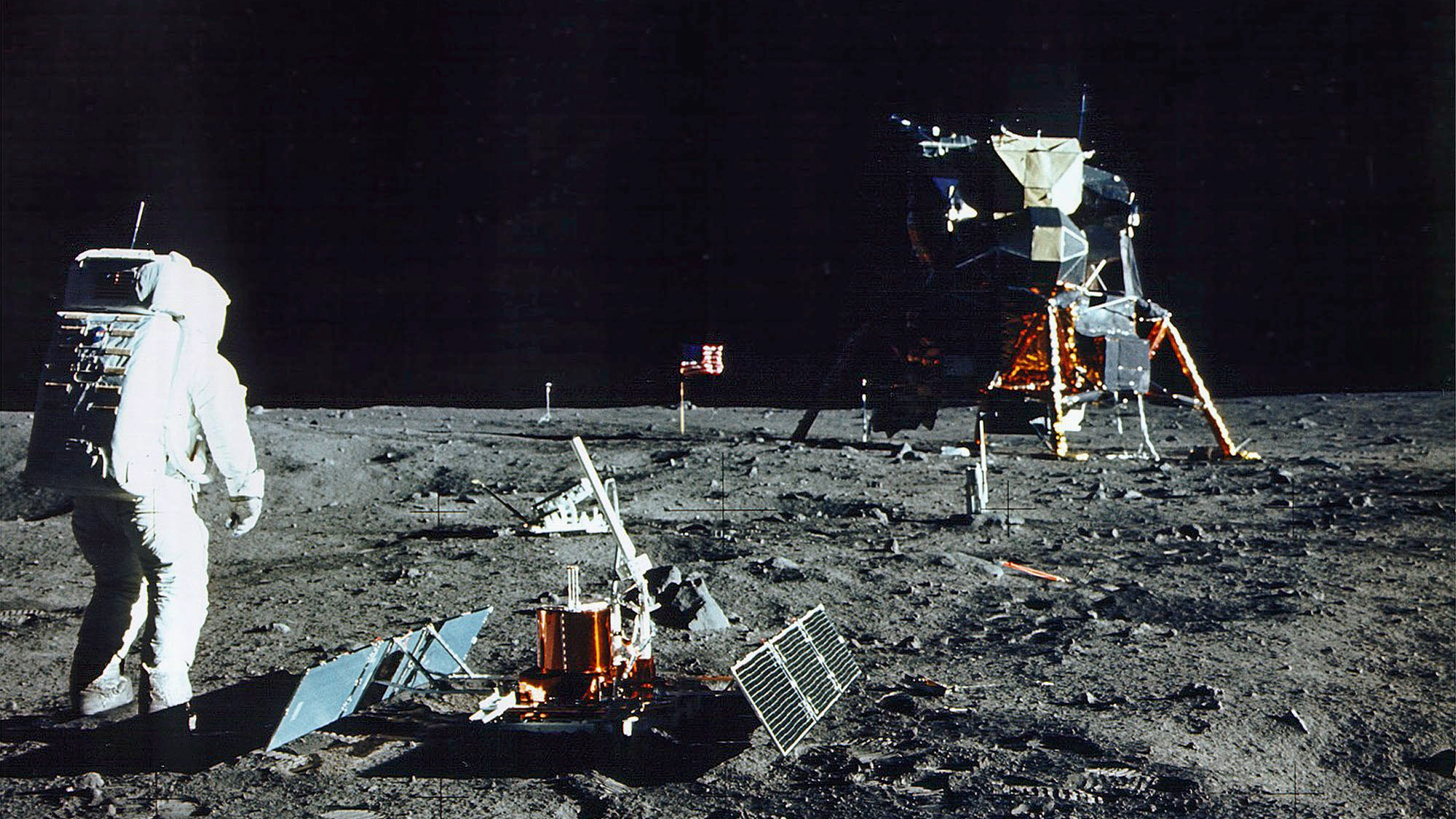
With the proliferation of AI-generated imagery and rise of deepfake video, it's becoming increasingly difficult to tell whether footage you're viewing is genuine or not. To combat this, everybody's favorite video-streaming service YouTube is rolling out a new 'Captured with a camera' label that verifies whether an uploaded video was shot on a real camera and contains unaltered footage and sound.
To qualify as 'Captured with a camera' footage, the video must be shot on a device that uses the CP2A authentication standard, which embeds authentication information into the metadata, so what content was shot when and where can be traced.
Digital content authentication service Trupic has produced what it says is the “first authentic video with C2PA Content Credentials on YouTube.” Fittingly, it was recorded at San Diego Zoo, the location of the very first video ever uploaded to the platform by YouTube co-founder Jawed Karim back on April 23, 2005.
YouTube is using this data to authenticate that videos were recorded with genuine cameras. They don't need to be unedited to get the badge, but according to Youtube's support page, it won't allow any edits that break the chain of provenance or make it impossible to trace the video back to its original source, any significant alterations to the video’s core nature or content including sounds or visuals, or any edits that make the video incompatible with C2PA standards 2.1 and above.
YouTube users can already voluntarily flag videos as being their own AI creations, but this works in the opposite way, not only allowing them to label their video as real, but being being verifiable using technical standards.
However, as the C2PA standard is relatively new and only appears in select camera models, such as the Sony A1, A9 III and A7S III with a recent firmware update, it cannot verify footage from the past – meaning the 1969 moon landings would not qualify for a YouTube 'Captured with a camera' status. So it's unlikely to quieten any 'fake or not' conspiracy theorists any time soon…







